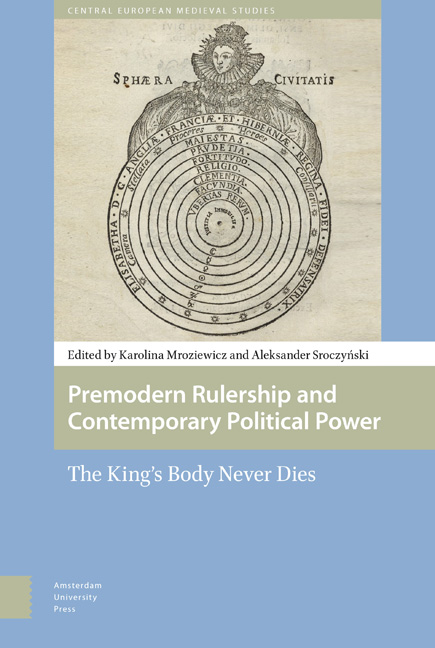Assembly Politics and Conflicting Discourses in Early Medieval León (10th-11th c.)
Published online by Cambridge University Press: 24 December 2020
Summary
The year 999 witnessed of one of the most significant events in the political history of the kingdom of Asturias-León: Alfonso V, a child of only a few years of age, became king in León. The time was certainly not the most propitious for the royal dynasty, and many could have thought that a child king would have no future. Alfonso V was not the first infant king – Ramiro III was also a child when he came to the throne in 966 – but he arrived at a particularly delicate time. During the preceding years, political tensions in North-Western Iberia had peaked, partly due to the mounting military pressure from Al-Andalus, partly due to internal struggles between the kings and different aristocratic groups. However, the child Alfonso V was backed by some of the main aristocratic leaders in the kingdom who, in spite of their own power – some of them controlled vast tracts of land and were largely autonomous from the king – seem to have been more concerned with advancing their interests within the kingdom than in parting with it. Alfonso V's accession to the throne thus contains a paradox of power. This is precisely what brings this case close to Ernst Kantorowicz's preoccupations in The King's Two Bodies, for it poses a ‘problem of continuity,’ specifically the continuity of a political order – the Astur-Leonese monarchy – that was threatened by different forces.
Royal Authority, Charters and Assemblies in Early Medieval León
The paradox begins to unfold when we consider the processes that led to the formation of the Astur-Leonese monarchy. Its origins can be traced to the expansion of the kingdom of Asturias, a small polity that emerged north of the Cantabrian Mountains in the early eighth century, some years after an Arab invasion had caused the collapse of the Visigothic kingdom of Toledo. The kingdom would soon integrate other territories along the northern fringe of the Iberian Peninsula and would eventually begin to expand towards the south. By the mid-ninth century the kings of Asturias had become active players in the lands of the Duero plateau, south of the Cantabrian Mountains. By the beginning of the tenth century they could already claim sovereignty over vast territories north of the river Duero.
- Type
- Chapter
- Information
- Premodern Rulership and Contemporary Political PowerThe King's Body Never Dies, pp. 21 - 46Publisher: Amsterdam University PressPrint publication year: 2017
- 1
- Cited by



